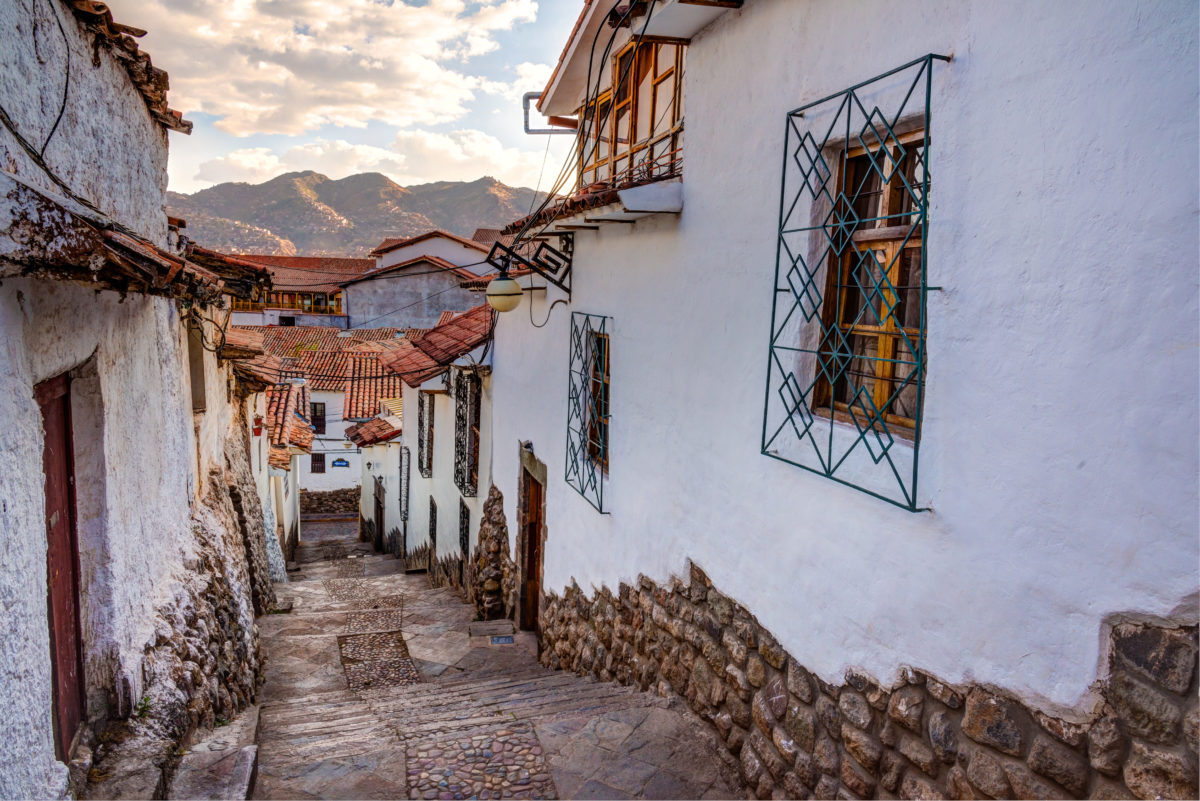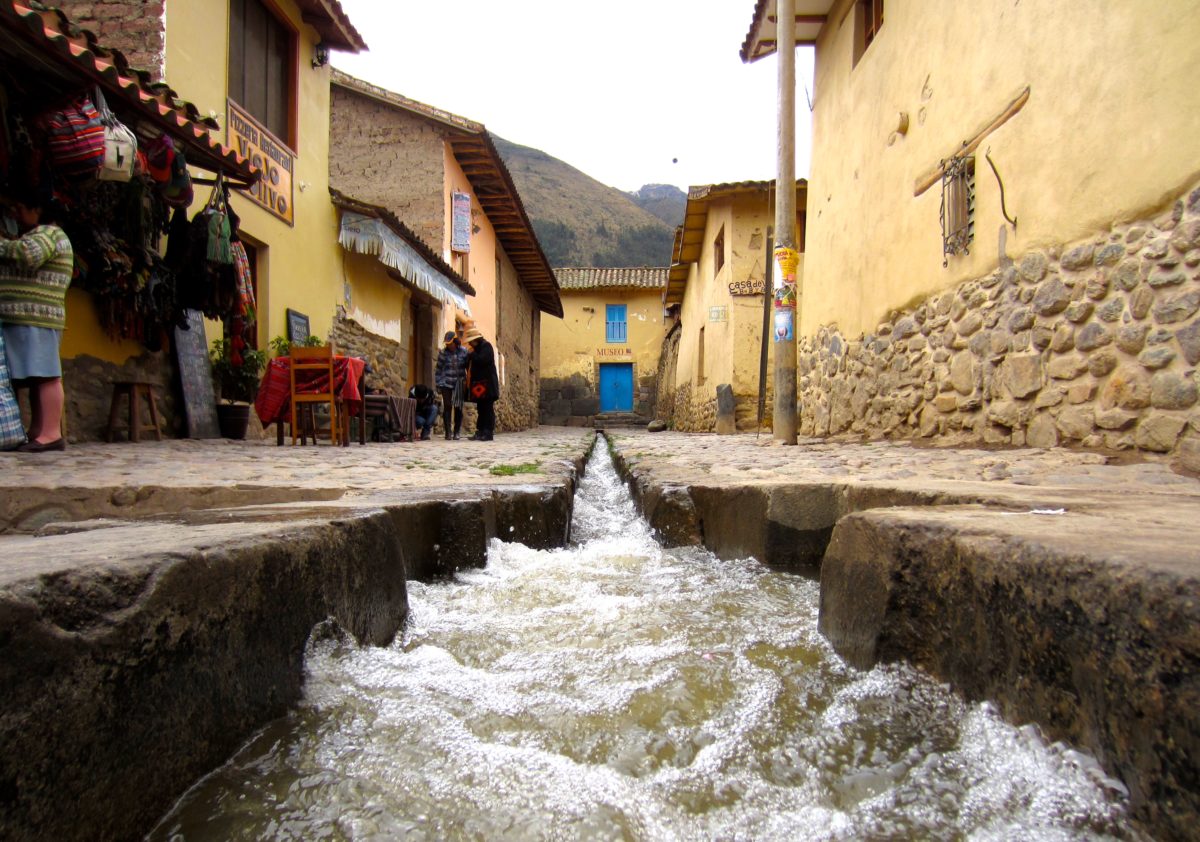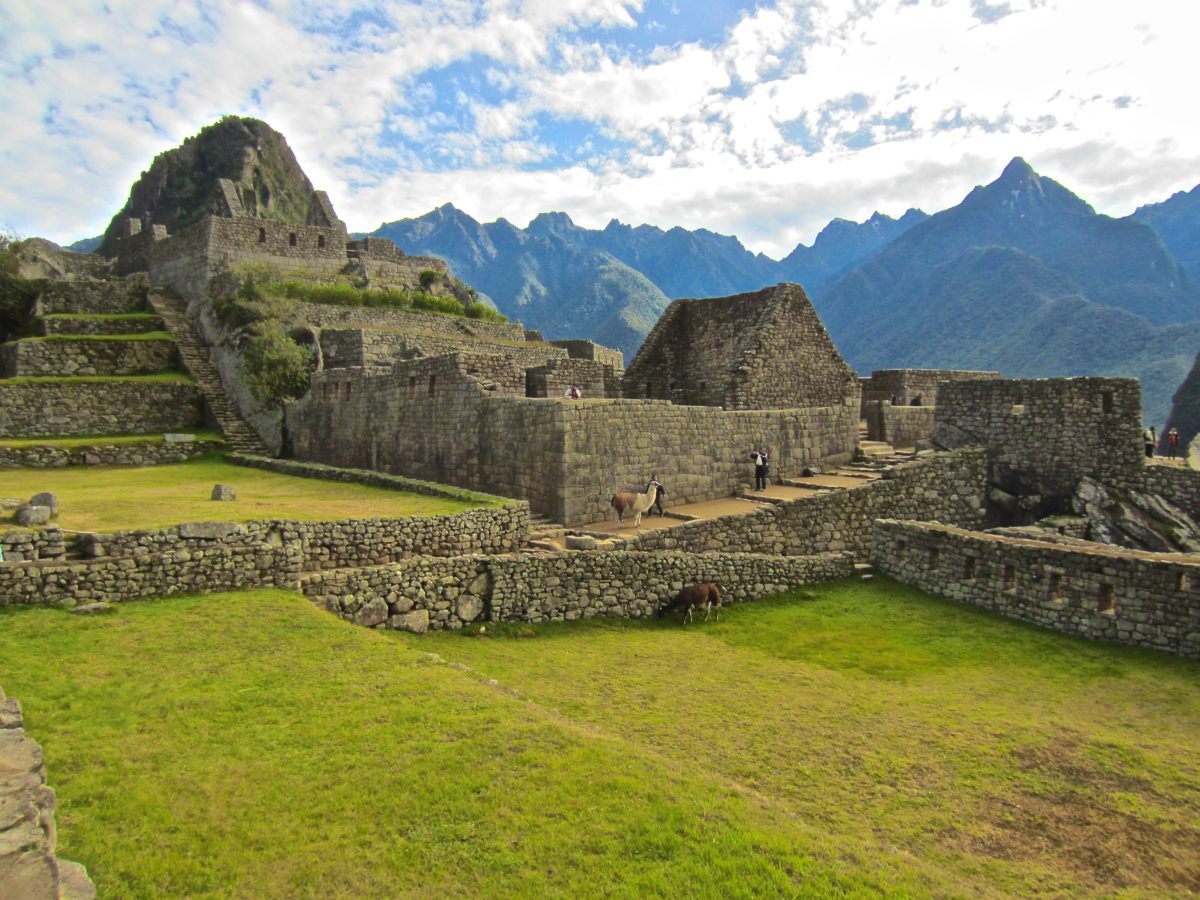With intriguing and mysterious history, world-renowned cuisine, and a certain world wonder, Peru is slowly but surely creeping its way onto many travelers’ radars. Although it is tremendously rewarding, travel to Peru has a few challenging elements. That’s where we come in! Our tips and tricks will have you adventuring through the South American country seamlessly.

Before You Travel
Documents
As with most destinations, you must make sure your passport is valid for at least six months after travel. Upon arrival in Peru, you will be given a tourist card that you must carry with you at all times. If you are visiting Machu Picchu, they will ask for your passport while entering.
Vaccinations
A yellow fever vaccine is recommended if you are traveling to specific parts of Peru. If you are limiting your travels to Cusco, Lima, Machu Picchu, and the Sacred Valley, this vaccine may not be necessary.
What to Pack
No matter what season you decide to travel in, the sun at those altitudes is always extremely dangerous. In addition to a hat and sunglasses, pack sunscreen and apply it frequently! If you’ve got sweet blood, you will also benefit from bringing bug spray. Lastly, if you are visiting any of the Inca ruins, you should be prepared for a hike, including a backpack and comfortable hiking shoes. Multiple layers will also help with the frequent temperature changes. It is a good idea to pack light, as this will be a fairly active journey.
Using credit cards and exchanging money
Peru national currency is the Peruvian sol, with an exchange rate of 1 USD = 3.27 soles. We recommend exchanging money beforehand, or in official exchange offices on site. It is wise to carry smaller bills, as bigger ones may not be accepted in smaller villages, and it’s always good to have pocket money for bathrooms. You can use US issued credit cards in Peru, but you will benefit by using a card with low or no foreign transaction fees. We can’t argue, however, that as in most places, cash is king.

When You Get to Peru
Acclimating to the altitude
The city of Cusco sits at 11,000 feet, and this can be overwhelming at first. Plan to spend at least one day taking it easy. No, really. Relax in your hotel, stroll slowly through the city, avoid alcohol, and drink lots of water to prevent altitude sickness.
Altitude sickness
Succumbing to altitude sickness can produce a number of symptoms like headache, dizziness, nausea, and problems sleeping. If you find yourself experiencing any of these symptoms, moving to a lower altitude is the best treatment. If you are unable to do so, some hotels may offer oxygen, and if the symptoms are severe, medical attention is necessary.
Water
Make sure drinking water is purified, as it, though treated, can upset your stomach if you aren’t used to it. If you are offered a drink with ice, make sure it has been made from purified water.
Internet
Most big cities in Peru will have reliable wireless Internet connections, although they may vary in speed.
Bathrooms
Toilets can be a hit or miss situation. One thing that they will all have in common is that you will have to pay for them, and you never flush the toilet paper. Many bathrooms may not have toilet paper or soap, so it may be wise to carry your own.
Showering
DO NOT TOUCH THE SHOWER HEAD. Most of the time they are connected to live wires, and if you touch it while showering, you WILL get electrocuted, and trust us, it hurts!
Tipping
When being provided a service, tipping is a regular part of exchanges. Typically, 10% of the price is expected. If you have an excellent service experience, you may tip more, but be aware that tipping too much may be seen as flaunting wealth.
Street food
Eating street food can be a delicious way to explore a culture, and it’s safe as long as you are smart. The carts with the longest lines are typically the best, and the lines allow you to gauge the reactions of those who eat it first. If you notice any obvious unsanitary conditions, avoid that cart.
Transportation
Taxi’s are readily available, especially in the big cities. If you decide to use a taxi, make sure it is registered. Always haggle on prices, and agree on the fare before you depart. Rails and busses are also available to Ollantaytambo and Machu Picchu.

Visiting Machu Picchu
If you are booking a trip to Peru, you will most likely end up at Machu Picchu along your journey. While we can offer you general tips about visiting the country as a whole, Machu Picchu is an entirely different beast. One of our best tips for visiting the ruins is to avoid the crowds and high prices of Aguas Callientes by staying in nearby Ollantaytambo. This rustic and often unexplored part of the Sacred Valley is a beautiful place to rest before conquering Machu Picchu.
Tickets
Because the number of visitors cannot exceed 2,500 per day, (and over one million people visit per year!) it is wise to book your Machu Picchu experience well in advance. Visitors are accepted between two time slots – 6 A.M. to noon, and noon to 5:30 P.M. – and must be accompanied by a certified guide. If you wish to take on one of the Inca trails, you must make your plans at least six months in advance. Due to the limited amount of people who can take the trail per day, permits sell out quickly, and therefore must be obtained through a tour group early on in the booking process.
What to bring
As we stated early on, the hike to the citadel is active, so it is best to pack light. With your bag size being regulated (nothing larger than 15-by-13-by-8 inches), you will really only be able to bring the essentials. Sunscreen, bug spray, and bottled water are highly recommended. It is also a good idea to dress in layers to be able to adapt to the frequent weather changes. Finally, don’t forget to bring your passport, and a camera to capture those amazing views!
What NOT to bring
Umbrellas, tripods, food and drinks (besides water), walking sticks, baby strollers, and drones are all on the no-no list.